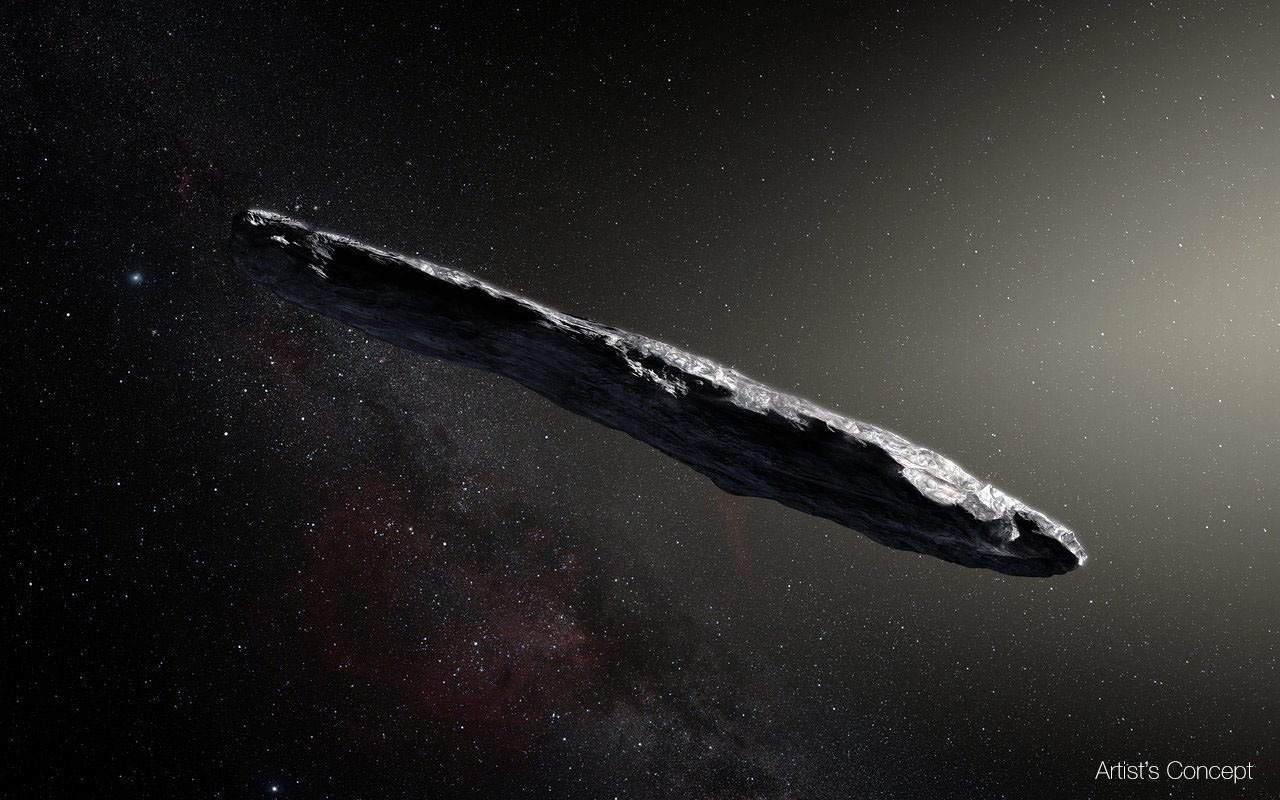A closely related question to whether we live in a special (high or low density) place in the universe is whether the universe looks the same in all directions. In a homogeneous universe, everything should look the same in all directions. This homogeneity has been the default assumption for many years. For example, IceCube studies of astrophysical neutrinos assume that the flux is the same from all directions.
However, data is beginning to challenge this homogeneity. Moderate energy (1015 eV = 1 PeV to 1017 eV =1 00 PeV) cosmic rays exhibit small density fluctuations at large length scales. This may be due to the motion of the Earth through the galaxy, so only represent local inhomogeneities.
At higher energies, though, the situation is more interesting. At energies above 1019 eV, cosmic-ray protons are thought to travel in relatively straight lines, with only limited magnetic deflection in galactic magnetic fields. So, any observed anisotrophy could be a sign of inhomogeneity at supra-galactic distances.
The two main experiments studying these ultra-high energy cosmic-rays are the Pierre Auger Observatory (PAO) and the Telescope Array (TA), respectively located in the Southern and Northern hemispheres – Malargue, Argentina and Utah, the United States respectively. These are large arrays – the Pierre Auger Observatory encompasses 3,000 km2 (1200 mi2), so can detect very rare, very energetic events. These two experiments have seen long-standing disagreements in both the spectrum and the composition of the highest energy cosmic rays. Above energies of about 30 EeV (1018 eV = 1 EeV) the Auger experiment sees a significant shift toward a heavier cosmic-ray composition (mostly iron,rather than mostly protons) with increasing energy. The mass is inferred by observing the development of the cosmic-ray air showers; iron interacts more strongly, so its showers peak higher in the atmosphere (see picture above, from the TA Collaboration). In contrast, the TA prefers a composition that is mostly lighter elements; the TA also prefers a higher cosmic-ray flux than the Auger Observatory.
The tension between the two experiments has been known for some time, and the two collaborations have tried hard to understand the differences. One intriguing possibility that is gaining some traction is that the difference is because they are observing different portions of the sky, and seeing different contributions from different sources. This is supported by the emerging evidence for directional anisotropihes in the measurements from the two experiments (see some recent Auger data from a combined anisotrophy study below. In retrospect, this is not too surprising, but it does represent a shift in thinking for many astrophysicists.







